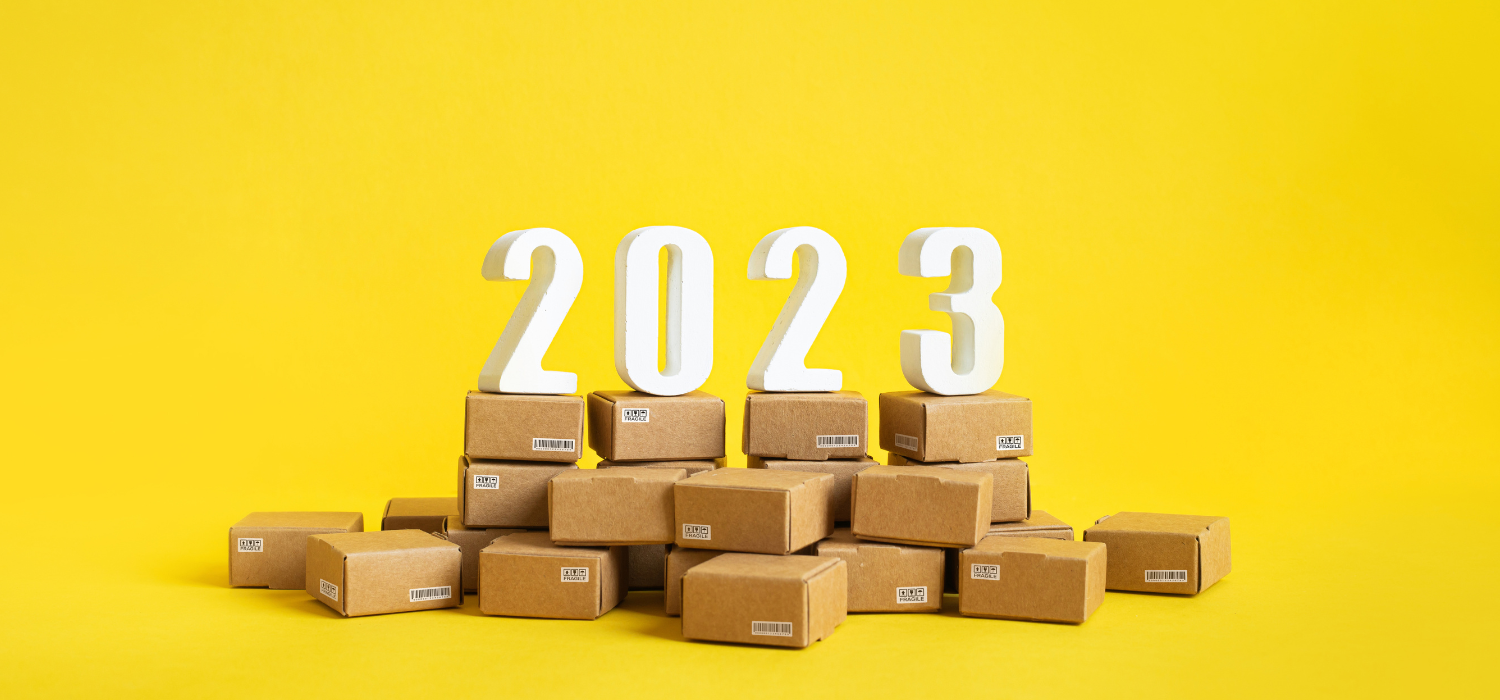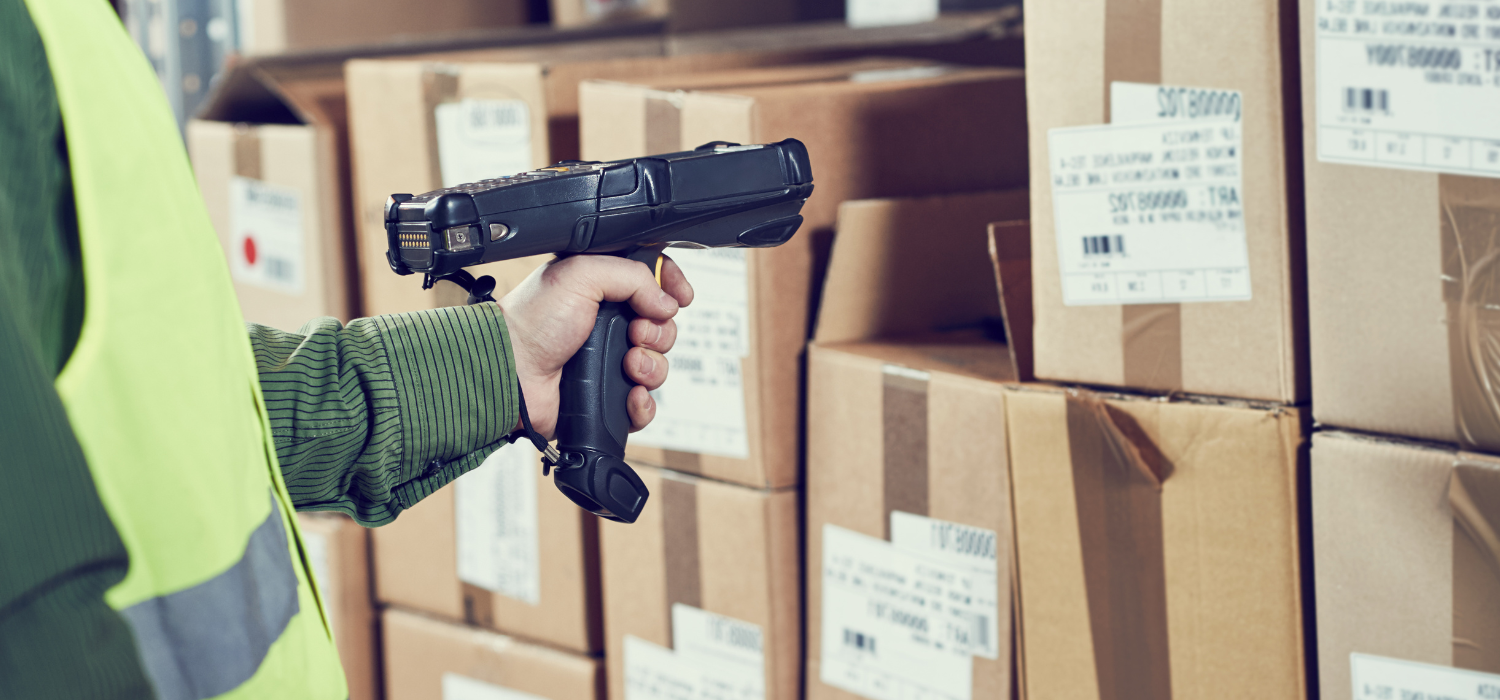The year 2022 is now behind us, and it’s time to take stock and try to figure out what’s in store for the year ahead. For this reason, we have gathered the top eCommerce trends for 2023. Let’s discover them together.
What has been: a look at 2022
According to data from Politecnico di Milano’s B2c eCommerce Observatory, product eCommerce touched 33.2 billion euros in 2022, continuing its growth albeit at a slower pace (+8%).
Online shopping has now become part of Italians’ consumption habits: already in the first quarter of 2022, according to data presented at NetRetail 2022, there were 33.3 million Italian eShoppers with an average of 1.3 purchases per person per month. Moreover, 89 percent of online transitions would have been made by repeat buyers, that is, those who completed at least three online purchases of goods and services in the first quarter of the year. That figure translates to 17.4 million Italians in absolute terms, with an above-average receipt of 11 percent.
In 2023, things should get even better: consumer sales are estimated to exceed 45 billion euros with a 14 percent increase over 2022.
What will be: trends 2023
“In the medium to long term, we will see an increasing focus on the second-hand market; but also quick commerce, especially in the area of Food, with increasingly quicker deliveries; and again new technological trends, from metaverse to live streaming shopping to the theme of sustainability. Finally, there will be an increasing integration between online and offline,” Valentina Pontiggia, Director of the B2c eCommerce Observatory of the Politecnico di Milano, had said in an interview for GEL Proximity in May 2022.
Trends that also seem to be confirmed by further analysis of the industry. So let’s discover together the main trends for the eCommerce world in 2023 according to analysts.
1. Online shopping will move to social media
Of the exponential development of social commerce, made possible thanks precisely to the success of social networks and the possibility they offer to get directly in touch with one’s potential buyers, we have already had occasion to speak in 2022. It is in fact not a new trend, but rather a phenomenon that will also gain in importance over the next year. One number is enough to give the scope of the phenomenon: 97 percent of Gen-Z users use social media as their main source of inspiration for their online purchases.
The phenomenon of social commerce, by the way, fits well with the growth of D2c eCommerce, since potentially any entity or business with a profile on social networks can sell its products to its audience.
The expert’s word: In fact, according to Carl Walker of Fluidcommerce, “Live commerce seems to promise exciting revenue and conversion rates. Some brands that are already reporting record daily sales and conversion rates in excess of 30 percent: it’s a trend that we will definitely need to keep an eye on over the next 12 months.”
And watch out: hand in hand with social commerce goes Live Streaming Commerce, another trend that we expect will explode in the coming months.
2. The dressing room goes virtual
The expert’s word: “The augmented reality market is estimated to reach $78 billion by 2028. One of the big drivers of this growth will be online and physical stores adopting AR to enhance the shopping experience. Showing the various styles and colors of a garment or accessory without actually having to manually replace them was science fiction until recently; it has become part of the normal online shopping experience. In fact, the biggest artificial intelligence trend in ecommerce will be precisely the ability of sites to personalize the shopping experience for the consumer in real time,” explains Melissa Dixon of Bigcommerce.
Once again, we are looking at a trend-or rather, a technological implementation-that is not new to the eCommerce world, but will become less and less futuristic and more and more habitual in the near future. Virtually trying on how a dress fits, how a makeup product looks on the complexion, or even where a new piece of furniture might sit in a room is already a reality for several online stores, and customers seem to appreciate the chance to test a product before buying it, just as they would in a physical store. This is a service that, among other things, also winks at environmental sustainability, if one considers that pre-purchase testing ensures a lower chance of finding oneself surprised or dissatisfied with the product once received and, therefore, reduces the chances of making a return with all the ecological impacts it creates.
3. Artificial intelligence will guide consumer choices
Year after year, the discussion of virtual reality developments is getting more and more interesting, and for this reason it cannot fail to involve the e-commerce sector as well. The goals of its application are obvious: to improve the shopping experience and, as a result, to grow sales. Thanks to machine learning, in fact, AI is able to gather very detailed information about users’ consumption habits and preferences, proposing them exactly what they want – or what they don’t yet know they want.
The expert’s word: “I believe that 2023 will be the year when brands using AI to empower their business will be over 80 or 90 percent,” says Derric Hayne from Ecommerce Tech, in fact, “and that 2023 will bring a democratization with intelligent split testing/multivariate tools that don’t require the support of developers or marketing experts. This trend has been growing for some time, and many brands are already using AI in one form or another. Those who are not will be left behind.”
4. Re-commerce: the word of 2023 for the eCommerce world
Fashion is cyclical, you know, but increasingly it is also ethical. Combine the two ingredients and the perfect mix is the second-hand market, which has exploded already in recent years and has a bright future ahead of it. That’s why the “Word of the Year” award for the eCommerce world is won by the term “Re-commerce,” that is, the sale and purchase of used products through a digital storefront. A success linked to the strong “rebranding,” so one would say, of the concept of used goods, which no longer goes hand in hand with “product of little value” but rather becomes an added value.
Some numbers to give an idea of the phenomenon: 65% of buyers already use a re-commerce service. The used clothing sales market is expected to reach a value of $77 billion in 2025, which is more than double the value of 2021 ($36 billion), Barclays analysts project. Lyst’s consumer analysis showed a 104 percent increase in online fashion searches for the “second-hand” category and that the term “vintage fashion” generated more than 35,000 searches on average.
The expert’s word: “As long as people get fat or thin, receive unwelcome gifts, as long as there are those who work for designers and receive discounted garments, I will always have merchandise in inventory,” said Hilary Bella Walker, owner of the three Bivio stores, a landmark of second-hand in Milan, Italy, in a recent interview.
5. Not only e-commerce, Logistics will also go green
The last but not the least, is a trend that on closer inspection forms the backdrop to all the trends mentioned above, such as the second hand market or the possibility of optimizing purchases by reducing the number of returns. We are talking about eCommerce sustainability, increasingly sought after by brands and increasingly demanded by consumers. Once again, it is a figure that gives us an idea of the extent of the phenomenon: more than half of Italian consumers, 52 percent, say that the pandemic has made them more responsible with respect to the issue and that they would therefore be willing to spend more for a green product.
In 2023, therefore, the trend of offering customers the option of choosing greener shipments through alternative delivery methods such as Locker and Pickup Points or choosing to have multiple items shipped in a single package, rather than sending them as soon as they are available, will grow.
The expert’s word: Rob van den Heuvel of SendCloud points out that “In 2023, sustainable eCommerce will finally beat fast ecommerce! Fortunately, the European Green Deal has forced companies to act, and thus invest in green shipping options and sustainable packaging. In the coming year, I expect both couriers and merchants to play a key role in changing consumer behavior, making them more sustainability-conscious. By incentivizing the choice of sustainable options on product pages and at checkout, we can make consumers prefer sustainability over speed.”
For our part, we can only hope that these predictions will soon become reality. Indeed, GEL Proximity was born with a strong sustainable footprint, with the goal of making Logistics more efficient and sustainable. If you are an eCommerce manager and you espouse our vision of a greener, yet successful and satisfying eCommerce, we have the right service for you. Thanks to our technology you will be able to integrate thousands of already active Pickup Points throughout the country and internationally. Contact us to receive more information now!








